For states that are serious about moving to renewable energy, there’s nothing quite like passing a legally binding renewable energy mandate to get the ball rolling. Hawaii was the first state to commit to moving to 100% zero-carbon electricity (a move which has since been followed by California, Washington D.C., and New Mexico) via a 100% by 2045 renewable portfolio standard, and the actions of Hawaii’s utilities show that they are getting serious about deep decarbonization through renewables and batteries.
Last week, the Hawaiian Electric Companies announced its latest draft of a new solicitation for 295 gigawatt-hours (GWh) of renewable energy and energy storage by 2022, in addition to 503 GWh of energy storage. The utility estimates that this can be met with a total of 135 MW of solar (plus storage) and 1,378 megawatt-hours (MWh) of energy storage.
This is broken down into separate requirements for “variable renewable dispatchable generation” and energy storage, as shown in the table below. It is notable that the requirement for energy storage is much higher on Oahu, with Hawaiian Electric seeking 200 MW of energy storage with a six-hour rating – a fairly massive volume for a storage solicitation.
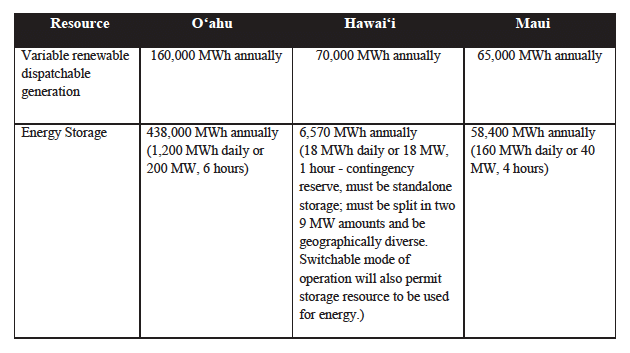 When the documents are finalized this will be the second phase of the solicitation, and this latest draft comes only a week after Hawaiian regulators approved contracts for 247 MW of solar projects and 998 MWh of energy storage – at prices under 10 cents per kilowatt-hour.
When the documents are finalized this will be the second phase of the solicitation, and this latest draft comes only a week after Hawaiian regulators approved contracts for 247 MW of solar projects and 998 MWh of energy storage – at prices under 10 cents per kilowatt-hour.
And while the sheer volume of storage that Hawaiian Electric is seeking will be welcome to energy storage suppliers, what is really groundbreaking about Hawaiian Electric’s new RFP is that it is also soliciting the supply of grid services from distributed energy resources through aggregators.
Coal plants retiring
As Hawaiian Electric moves towards its 100% goal it must retire fossil fuel plants, and the utility says that the driver for the new RFP is to help to replace the electricity supplied by two coal fired power plants. This includes the AES Hawaii, a 180 MW coal-fired plant on Oahu which is currently the largest generator on the Hawaiian Electric system and meets 16% of peak demand on the island.
The utility notes that some of the demand which was met by the AES Hawaii will also be met by the other solar + storage projects approved by regulators, as well as other solar and wind projects either planned or currently under construction. This also explains the 2022 target date for new generation, as AES Hawaii is scheduled to shut down by September 2022.
Likewise, on Maui the new renewable energy generation + storage will help to prepare for the retirement of the Kahului Power Plant, which is scheduled to go offline by the end of 2024.
Shopping for grid services
In addition to energy generation and storage, Hawaiian Electric is also seeking aggregators who can sign up customers to provide grid services from water heaters, rooftop solar, batteries and electric vehicle charging.
This includes not only load shifting, but also frequency response – which could be the utilities getting ready for a future where there are few or no large spinning masses on its system. (Editor’s note: See pv magazine’s in-depth article on inertia and frequency regulation for more on this subject).
Under the arrangements it has laid out for review Hawaiian Electric is proposing to provide participating customers with a bill credit, while providing payments to the aggregators.
In both the contracts for renewable energy, storage and grid services, Hawaiian Electric says it plans to evaluate proposals based on both price and “non-price benefits and impacts” to the utility, customers and communities.
In practice, pricing documents for services show a grid service monthly management fee, an enablement price and a monthly incentive adder.
The details
The draft RFP was filed with regulators on April 1, and stakeholders will have until April 16 to comment. This will lead to the usual back-and-forth of responses and counter-responses, with an aim to issue a final RFP by June 10, so that proposals can be sent in by August 8/9 (depending on who delivers them).
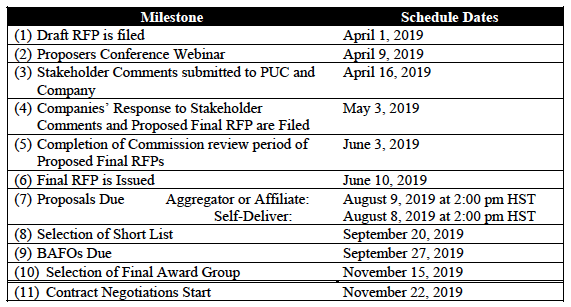
The selection of the final award group is expected by November 15, so that contract negotiations can start on November 22. All of this is towards the goal of projects coming online during 2022. In the case of the standalone storage on Oahu, Hawaiian Electric is aiming to have projects online by March 2022, a timeline which it describes as aggressive but achievable.
Hawaiian Electric has produced sample contracts for an energy storage power purchase agreement (RFP Book 2) as well as a model Grid Services Purchase Agreement (RFP Book 3, Appendix L).
This content is protected by copyright and may not be reused. If you want to cooperate with us and would like to reuse some of our content, please contact: editors@pv-magazine.com.
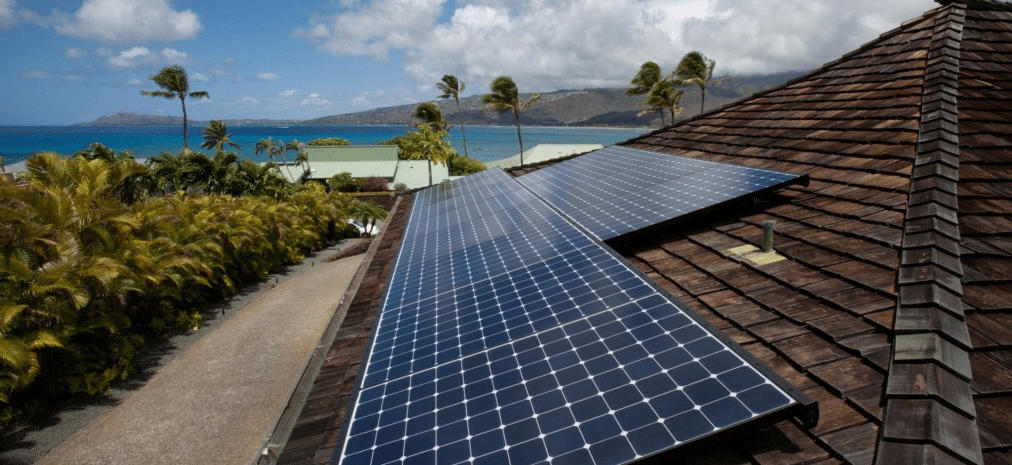






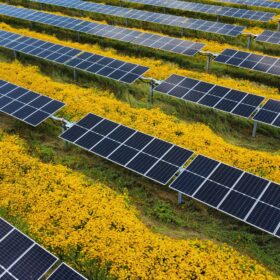
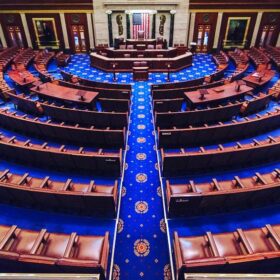
By submitting this form you agree to pv magazine using your data for the purposes of publishing your comment.
Your personal data will only be disclosed or otherwise transmitted to third parties for the purposes of spam filtering or if this is necessary for technical maintenance of the website. Any other transfer to third parties will not take place unless this is justified on the basis of applicable data protection regulations or if pv magazine is legally obliged to do so.
You may revoke this consent at any time with effect for the future, in which case your personal data will be deleted immediately. Otherwise, your data will be deleted if pv magazine has processed your request or the purpose of data storage is fulfilled.
Further information on data privacy can be found in our Data Protection Policy.